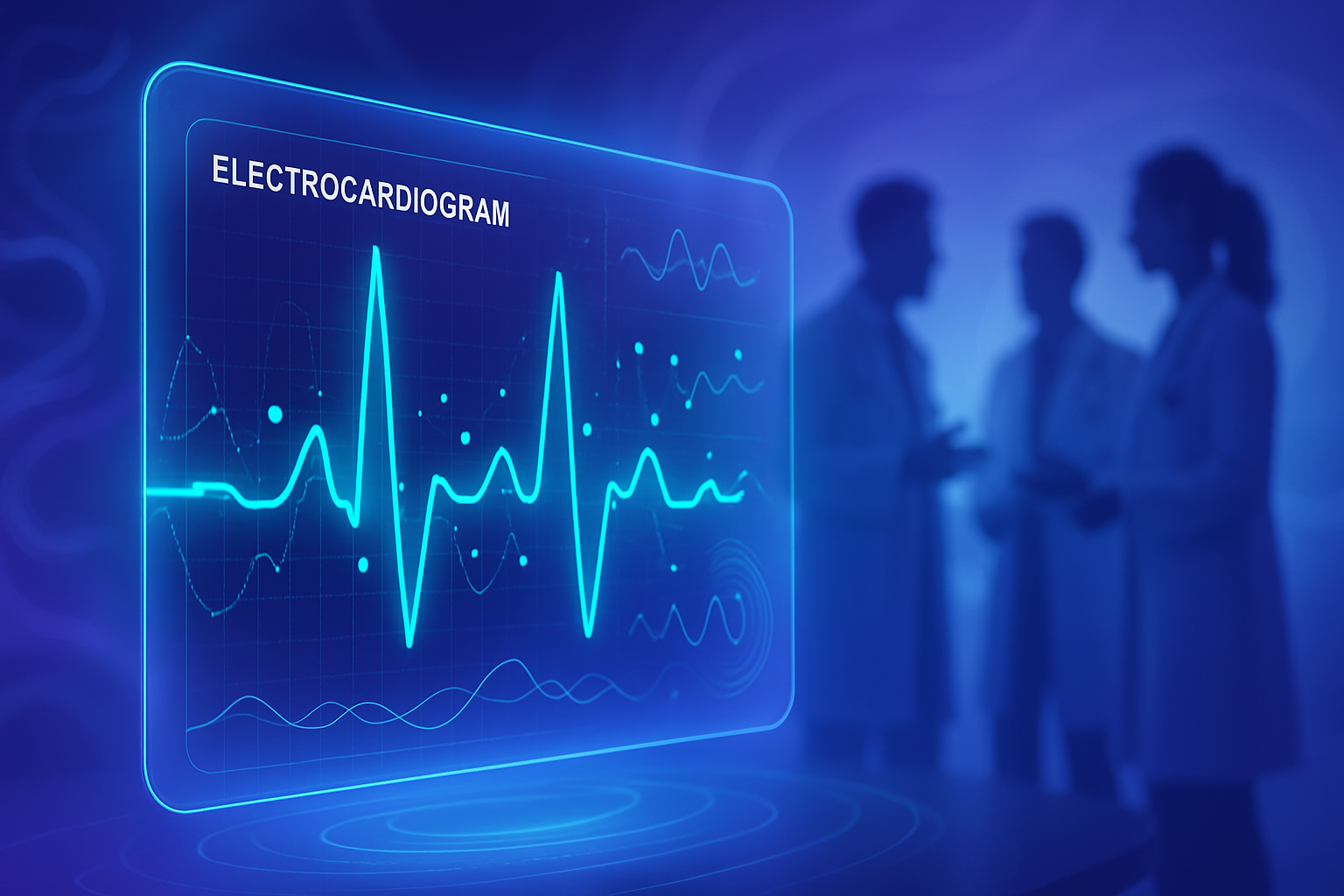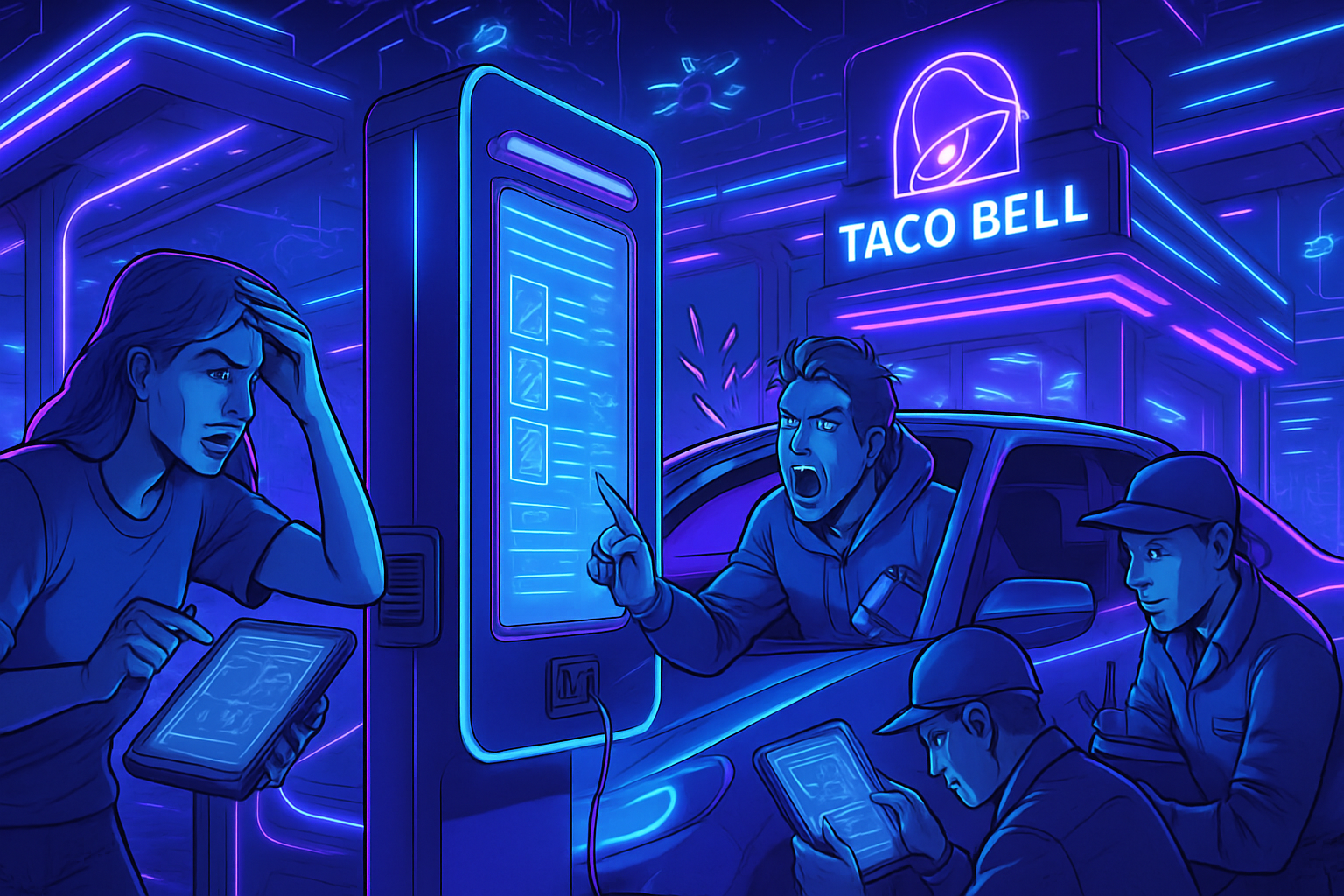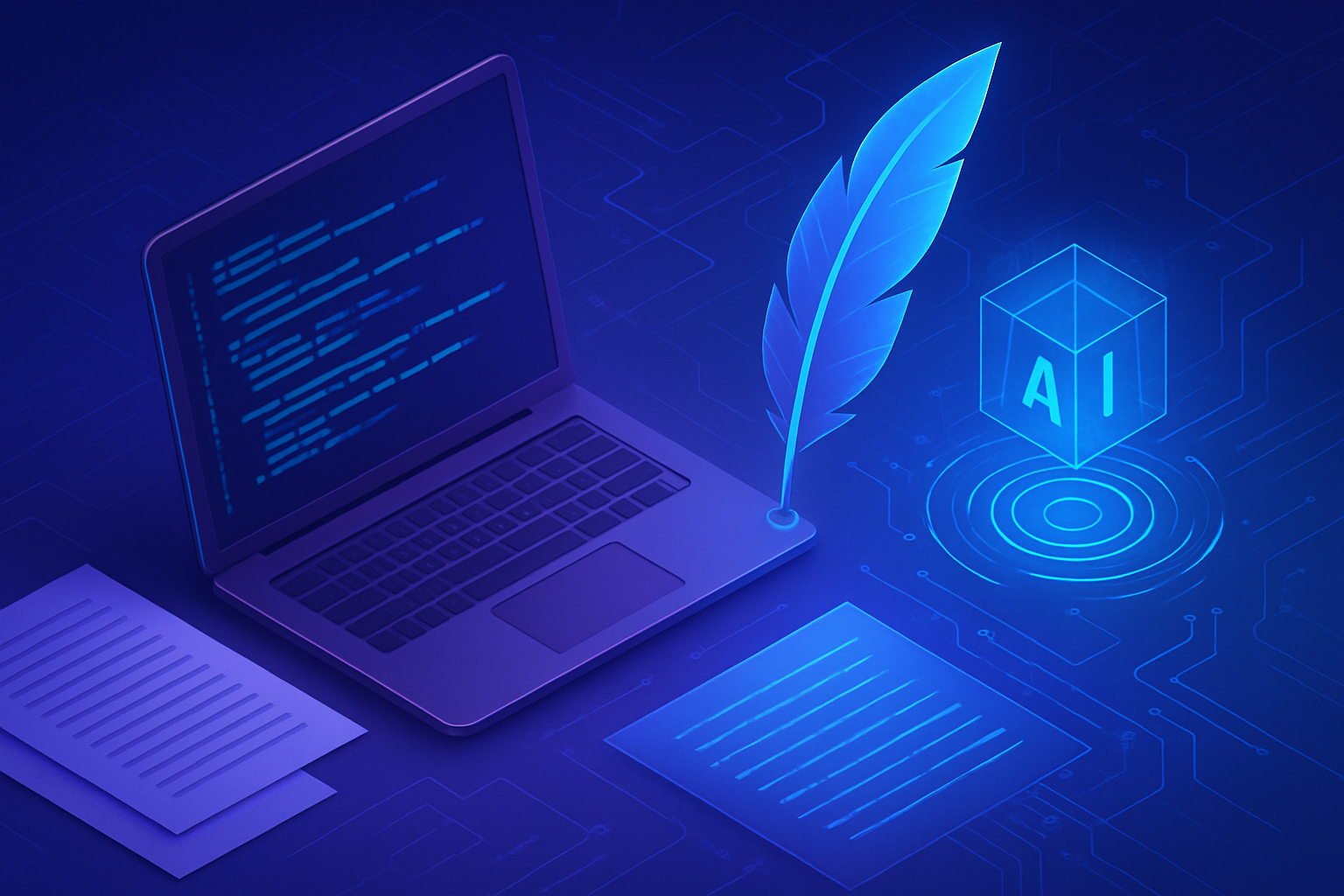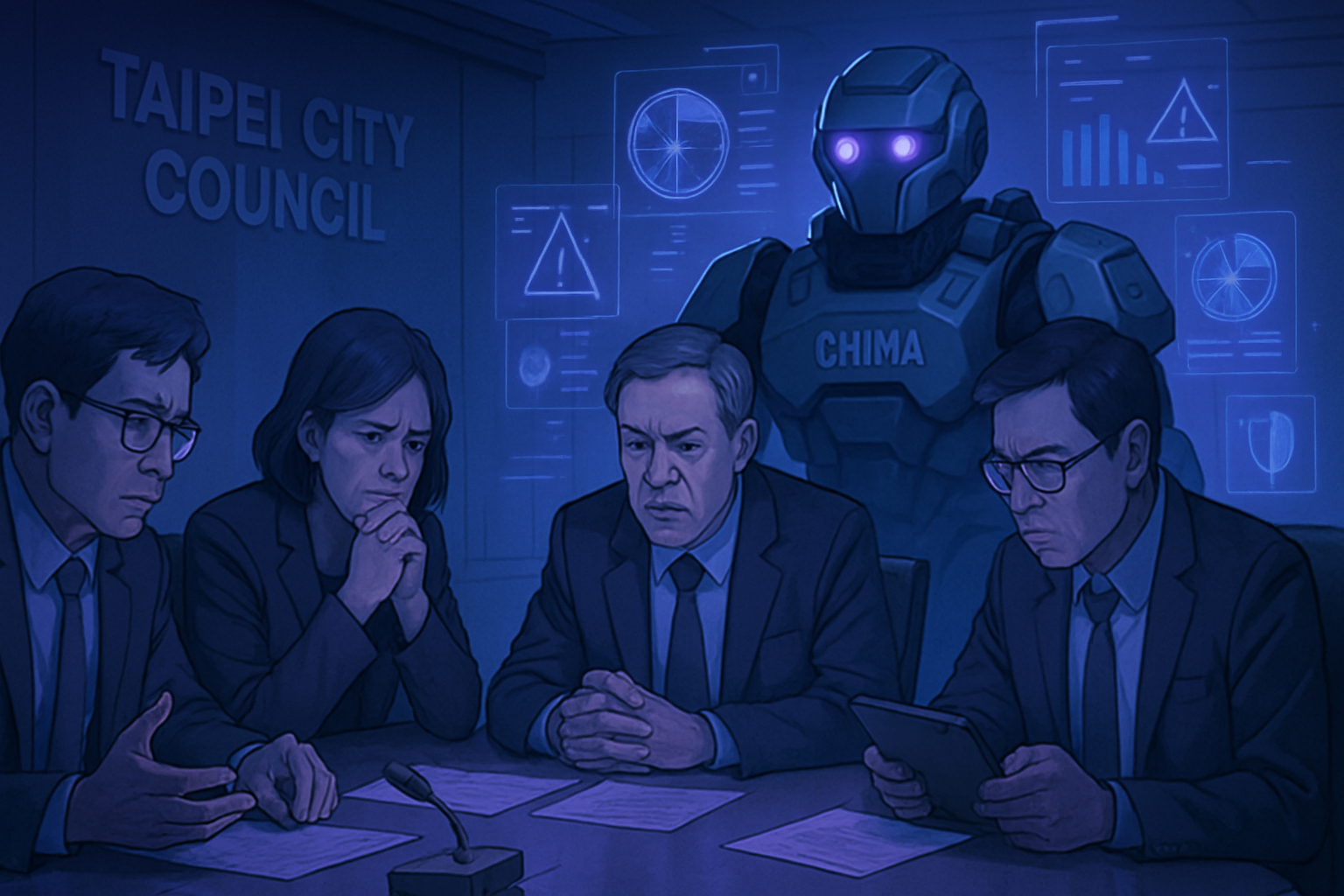At Incheon Airport, innovative robots are revolutionizing the way electric vehicle charging is conducted. These autonomous technologies illustrate the evolution towards sustainable mobility and
optimal customer service by integrating these future solutions. The interaction between robotics and green energy engages South Korea in an essential transition.Ultra-efficient charging system that is both eco-friendly and practical, these automatons are redefining standards for airport infrastructure. The future of mobility depends on such advancements that combine innovation, performance, and environmental respect.
The Charging Robots at Incheon Airport
Hyundai recently deployed innovative robots at Incheon Airport, specialized in charging electric vehicles. These robots demonstrate impressive technical mastery, providing efficient and quick service to airport users. The implementation of these machines automates an essential task while contributing to reducing the carbon footprint of transportation.
Advanced Charging Technology
These robots incorporate several advanced technologies that allow them to perform autonomous charging operations. The use of sensors and sophisticated algorithms enables them to locate electric vehicles in need of charging. This self-orientation capability represents a significant advance in the field of artificial intelligence applied to logistics.
An Ecological Initiative
The deployment of these robots at Incheon Airport is part of a broader plan for eco-responsibility. The objective is to encourage the use of electric vehicles, thereby contributing to the reduction of polluting emissions. The connection between technological innovation and environmental concerns demonstrates that modernity can be combined with sustainability.
Impact on User Experience
The presence of these robots transforms the user experience at the airport. Travelers no longer have to worry about charging their vehicles, allowing for better time management and increased peace of mind. The integration of these services also helps promote the adoption of electric vehicles, making journeys more convenient and less stressful.
Future Evolutions
This initiative marks the beginning of a revolution in the management of airport infrastructure. Future evolution prospects include the extension of these robot services to other airports and cities. Technological advancements could allow these robots to adapt to other tasks, such as maintenance or baggage transport, thus broadening their utility.
Hyundai’s Vision for Mobility
Hyundai positions this initiative within a broader vision for future mobility. Investing in sustainability and innovation indicates a strong commitment to responsible transportation solutions. The company aims to become a major player in developing infrastructure that goes beyond the simple automobile, embracing a versatile and sustainable approach.
Public Reaction
The public is responding positively to the integration of these robots at the airport. The enthusiasm of users for automated charging solutions shows a willingness to massively adopt electric vehicles. This paradigm shift highlights a growing collective awareness regarding the ecological and technological challenges of the modern world.
International Perspectives
Similar initiatives could emerge globally, inspired by the experience of Incheon. Other countries are exploring the possibility of replicating this model in their airport spaces. Such evolutions could significantly influence how infrastructure is conceived and developed, making travel more environmentally friendly.
Frequently Asked Questions
What types of electric vehicles can be charged by Hyundai’s robots at Incheon Airport?
Hyundai’s robots are designed to charge a wide range of electric vehicles, compatible with different models from various brands, thanks to standardized charging technologies.
How do Hyundai’s charging robots work?
These robots use autonomous navigation systems to move towards parked electric vehicles, identifying them using sensors and communication technologies, ensuring efficient charging without human intervention.
What is the charging capacity of the robots?
Hyundai’s robots can provide charging power similar to that of a traditional charging station, enabling quick and efficient charging based on the needs of electric vehicle users.
Do vehicles need to be parked in specific areas to be charged by the robots?
Yes, electric vehicles must be parked in designated areas so that the robots can easily access and perform charging without obstacles.
Can the charging robots operate under all types of weather conditions?
Hyundai’s robots are designed to be operational under various weather conditions, including rain and snow, although precautions may be taken in extreme conditions.
Are there any fees associated with using the charging robots?
The charging fees generally depend on the airport’s policies and agreements with energy providers, but many charging services may be included in the cost of parking.
Can the robots be used at any time of day or night?
Yes, Hyundai’s charging robots are designed to operate 24/7, providing users with maximum flexibility to charge their vehicles at any time.
How does Incheon Airport ensure safety when using charging robots?
The airport implements several safety measures, such as monitoring systems and safety protocols to ensure that the robots operate safely around passengers and other vehicles.
Where can I find information about the charging status of my vehicle during charging?
Users can check a dedicated application or information kiosks at the airport to monitor the charging status and estimated charging time of their vehicle.






